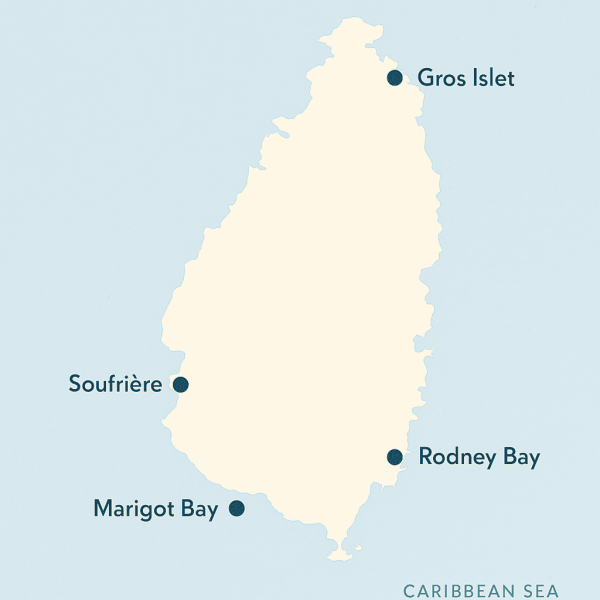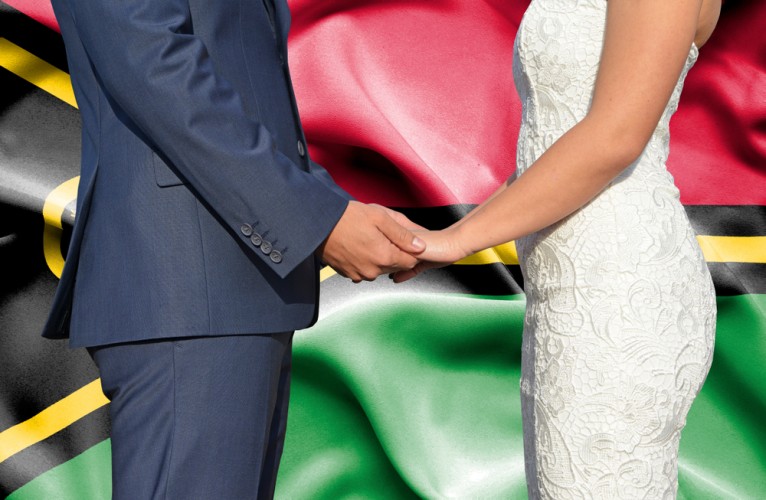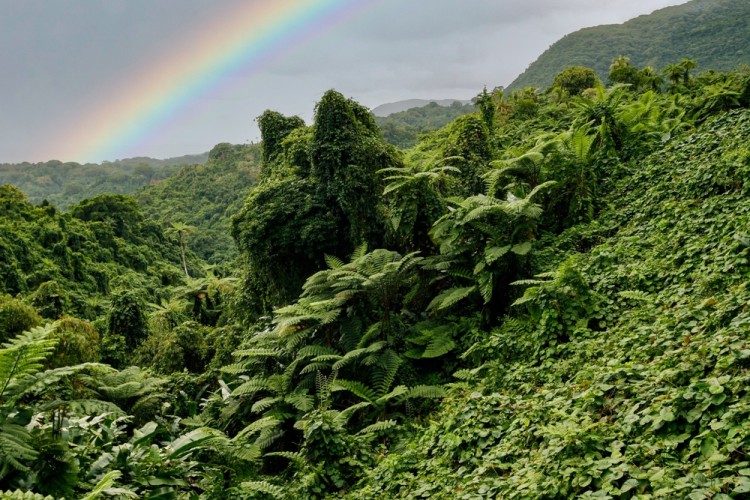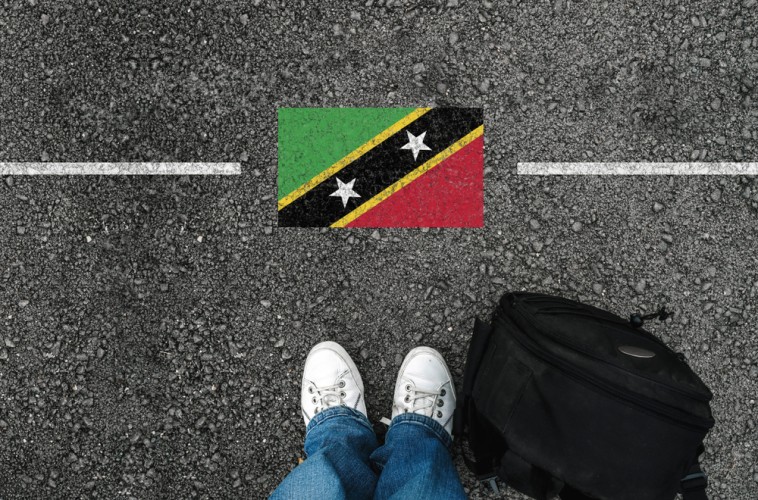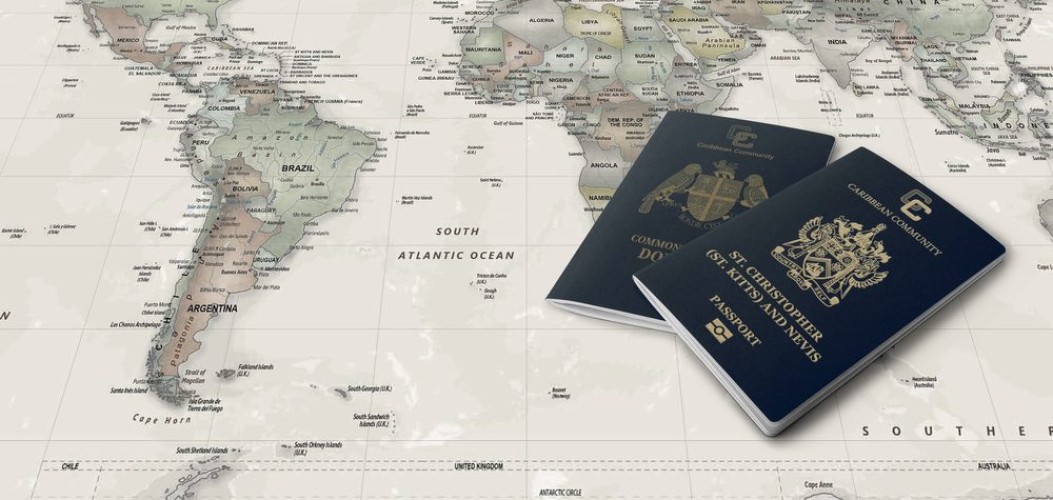St. Lucia, with its lush rainforests, volcanic beaches, and world-famous Pitons, is one of the Caribbean’s most alluring travel destinations. Its natural beauty, warm hospitality, and thriving tourism sector attract thousands of visitors every year. But as with any international destination, potential travelers often ask a vital question: Is it safe to visit St. Lucia?
In this article, we’ll take an honest look at the island’s safety landscape – from crime statistics and tourist areas to health precautions and local customs – to help you plan a worry-free, enjoyable trip.
Overview of safety in St. Lucia
St. Lucia remains a popular Caribbean destination, celebrated for its stunning landscapes, warm locals, and vibrant tourism sector. Major tourist hubs such as Soufrière, Marigot Bay, Gros Islet, and Rodney Bay are heavily policed and generally regarded as safe for visitors. The island’s authorities have enhanced security in these areas by deploying Tourism Police Units, beach rangers, and hotel security audits to deter petty crime and assist tourists. That said, crime remains more pronounced in certain urban and low-income neighborhoods – especially in parts of Castries often linked with gang activity. Districts such as Wilton’s Yard, Conway, and Marchand report more incidents, mostly involving property offences and violent crimes among locals rather than tourists.
Despite recent crime challenges, including historically high homicide figures in 2021, St. Lucia’s law enforcement has implemented a multi-agency strategy – ramping up patrols, recruiting additional officers, and collaborating with community partners and regional agencies – to restore safety and confidence across the country.
Crime rates and statistics
Here’s an updated snapshot of crime in St. Lucia, based on official data and reporting:
| Indicator | Value/Count | Period |
|---|---|---|
| Total reported crimes (1st half) | 6,758 incidents | Jan–Jun 2024 |
| Accepted cases | Down 20% from 2023 | Jan–Jun 2024 |
| Detected (closed) cases | 57% detection rate | Jan–Jun 2024 |
| Total homicides | 54 (51 murders, 3 police shootings) | Jan–Jun 2024 |
| Homicides in 2023 | 59 | Jan–Jun 2023 |
| Number of solved murders (2024) | 22 cases | Full year 2024 |
| Serious crime cases | Increased from 1,643 to 1,699 | Jan–Oct 2024 |
Total reported crimes dropped significantly from 2023 to 2024. While homicides are a serious concern, recent years show signs of decline, with improved case resolution rates. Petty offences – such as theft and burglary – remain more common than violent crime overall. Tourists are seldom the primary targets.
What This Means for Visitors
The data indicates that St. Lucia prioritizes security in tourist zones while addressing broader crime issues through sustained enforcement and prevention policies. While violent crime and gang-related activity pose challenges in specific neighborhoods, the majority of tourist areas maintain a positive track record of safety and proactive policing.
Safety tips for tourists
While St. Lucia is generally welcoming and safe for travelers, it’s always wise to follow basic precautions – especially when visiting a foreign country. Here are practical safety tips to help you enjoy your trip:
- Stay alert in busy areas: Be cautious in crowded places like markets or public buses, where pickpocketing can occur.
- Secure valuables: Leave passports, large sums of money, and expensive jewelry in your hotel safe.
- Use licensed transportation: Avoid unmarked taxis; instead, use official taxi services or hotel-arranged transfers.
- Avoid walking alone at night: Especially in poorly lit or unfamiliar neighborhoods.
- Limit alcohol intake: Excessive drinking can impair judgment and make you more vulnerable.
- Follow local customs: Dress modestly in rural areas and religious sites, and avoid public displays of affection.
- Be cautious on the beach: Don’t leave personal belongings unattended while swimming or walking.
These simple practices help reduce risks and let you focus on enjoying St. Lucia’s natural beauty and warm culture.
Safe areas to visit in St. Lucia
Many parts of St. Lucia are tourist-friendly and benefit from enhanced security measures. The following areas are considered safe and well-suited for visitors: Rodney Bay: A bustling area known for its beach, nightlife, restaurants, and resorts. Soufrière: Home to the iconic Pitons, Sulphur Springs, and several luxury eco-resorts. Marigot Bay: A serene, upscale marina town ideal for relaxation. Cap Estate: A high-end area with golf courses, villas, and private beaches.Pigeon Island National Park: A historical and scenic destination perfect for day trips and light hikes. These regions are regularly patrolled, and resorts often offer private security to further enhance safety.
Areas to avoid and precautions
While most of the island is safe, certain neighborhoods in Castries and Vieux Fort have higher crime rates and are best avoided, especially after dark. Areas to exercise caution in include:
- Wilton’s Yard (The Graveyard)
- Conway
- Marchand
- Parts of Leslie Land and Morne du Don
Don’t wander into unfamiliar urban zones without a guide or local insight. Avoid flashing wealth or carrying expensive equipment in public. If you’re driving, keep doors locked and windows up, especially in traffic. Always ask hotel staff or local guides for current, area-specific safety updates.
Health and natural disaster considerations
St. Lucia’s tropical climate and geographical features bring some health and environmental risks that visitors should be prepared for:
- No vaccinations are required, but it’s wise to be up to date on routine shots.
- Protect yourself against mosquito-borne illnesses like dengue or chikungunya by using repellent and wearing long sleeves.
- Drink bottled water in rural areas or ask if tap water is treated at your hotel.
- The hurricane season runs from June to November. Travelers should monitor local weather reports and consider trip insurance during this period.
- While volcanic eruptions are rare, the island does have geothermal activity (like Sulphur Springs), so stay within marked zones during visits.
Medical care is available in urban centers, but some remote areas may have limited access. Carry basic medication and travel insurance for peace of mind. St. Lucia offers a memorable Caribbean experience with its breathtaking beaches, lush rainforests, and vibrant local culture. While no destination is completely free of risk, being informed and taking basic safety precautions goes a long way. Tourist-friendly areas like Rodney Bay and Soufrière are well-secured and ideal for travelers. By avoiding certain high-risk neighborhoods, respecting local customs, and staying aware of your surroundings, you can enjoy a safe, enriching trip.
In short – yes, St. Lucia is safe for most travelers, especially those who come prepared and travel mindfully.
FAQ
Yes, especially in resort areas like Rodney Bay, Soufrière, and Marigot Bay. Like any destination, basic precautions are recommended.
Avoid walking alone at night, especially in poorly lit or unfamiliar areas. Stick to well-populated tourist zones.
Some neighborhoods in Castries and Vieux Fort (e.g., Wilton’s Yard, Marchand) have higher crime rates and are best avoided by tourists.
No mandatory vaccinations, but protection against mosquito-borne diseases is advised (use repellent and cover skin).
Urban areas have good clinics and hospitals. In remote regions, access may be limited—carry travel insurance and essential meds.

